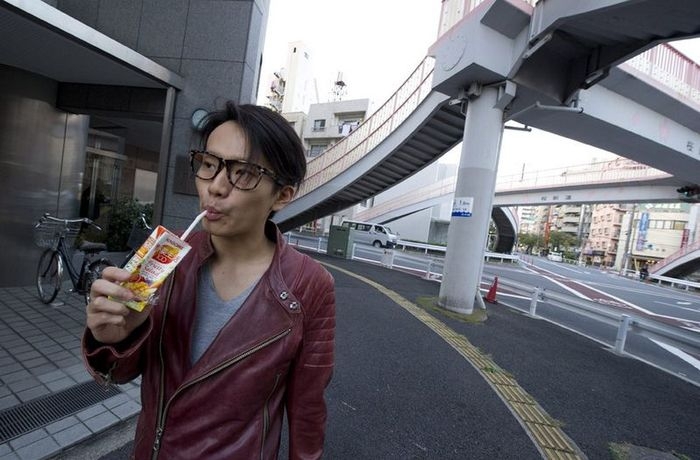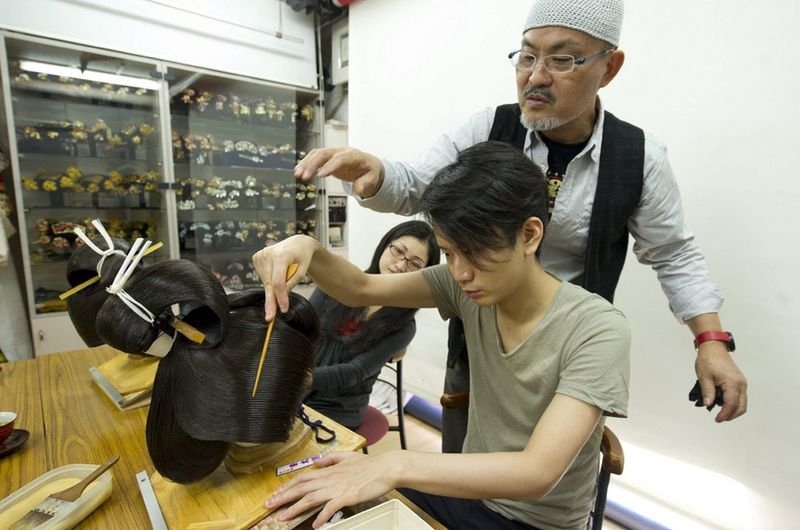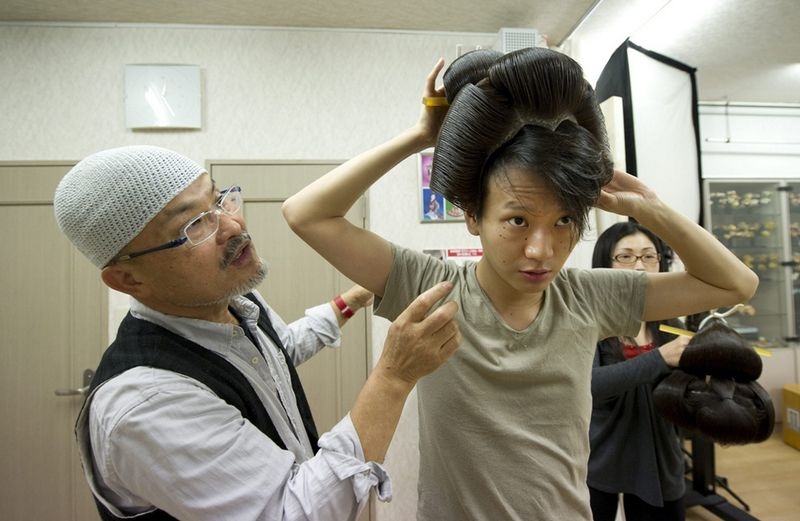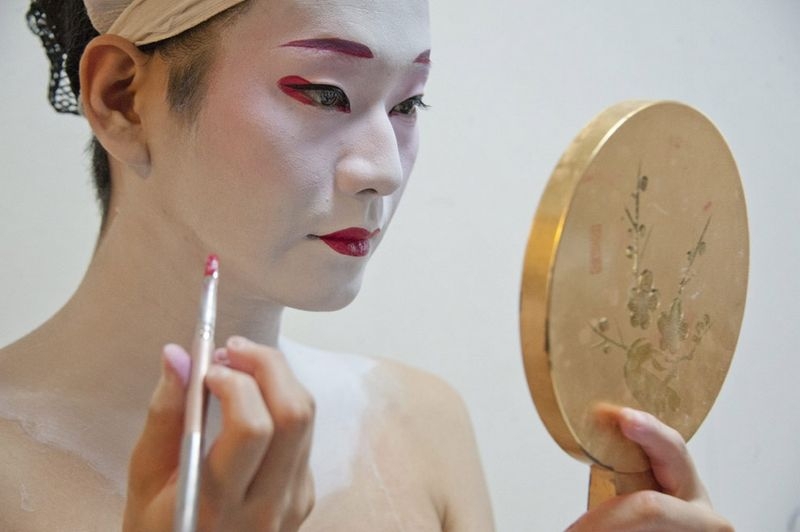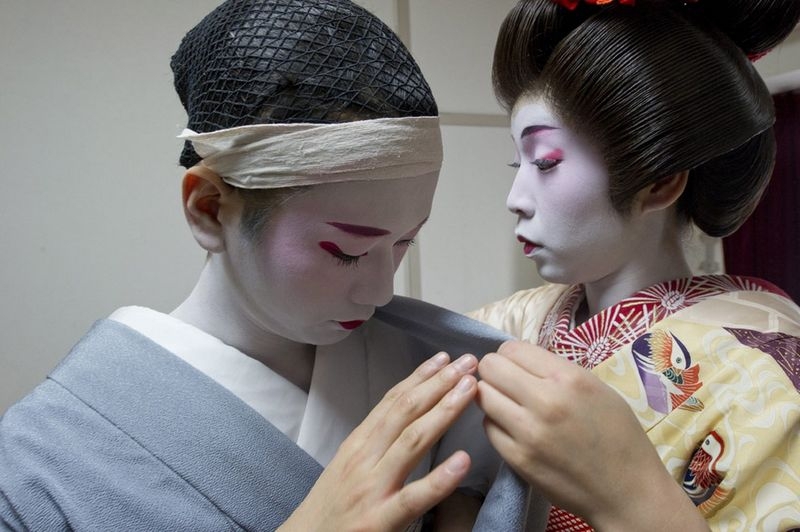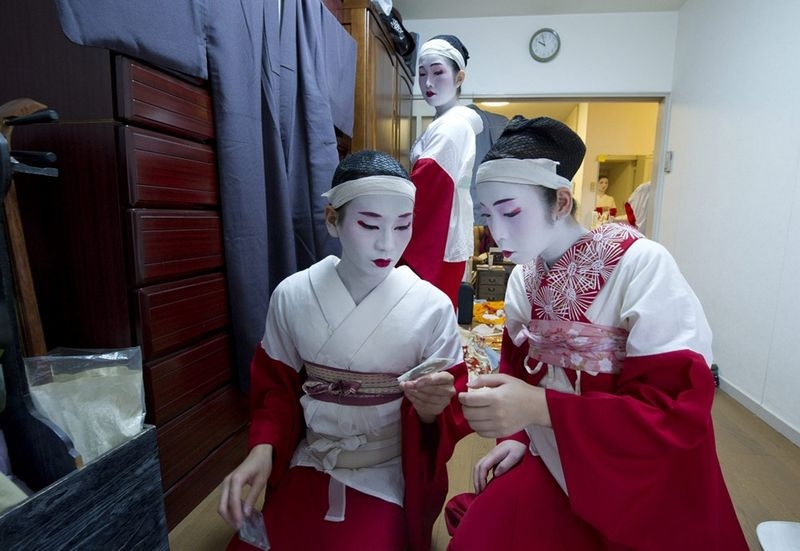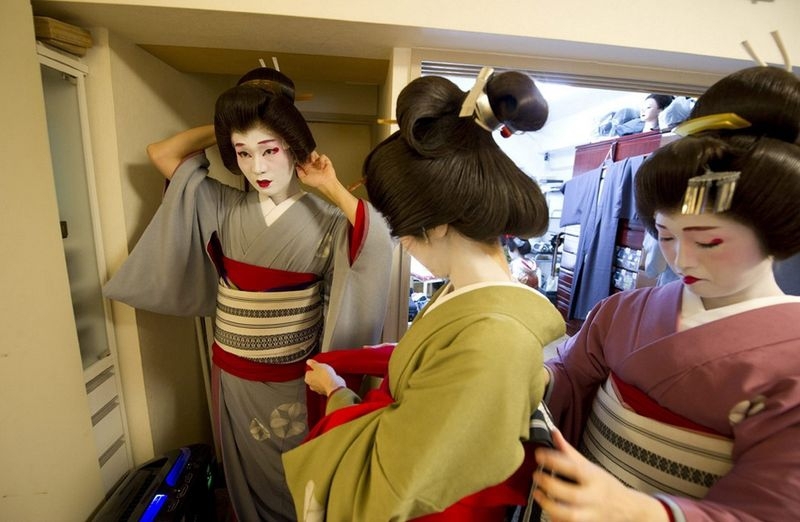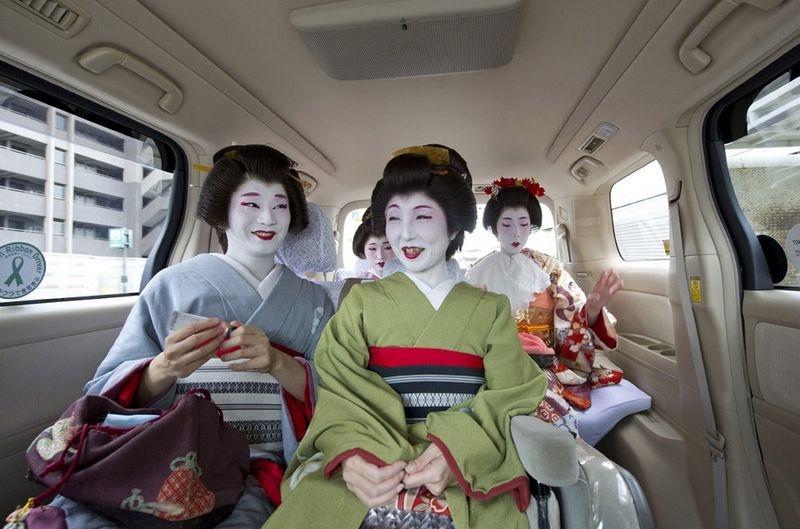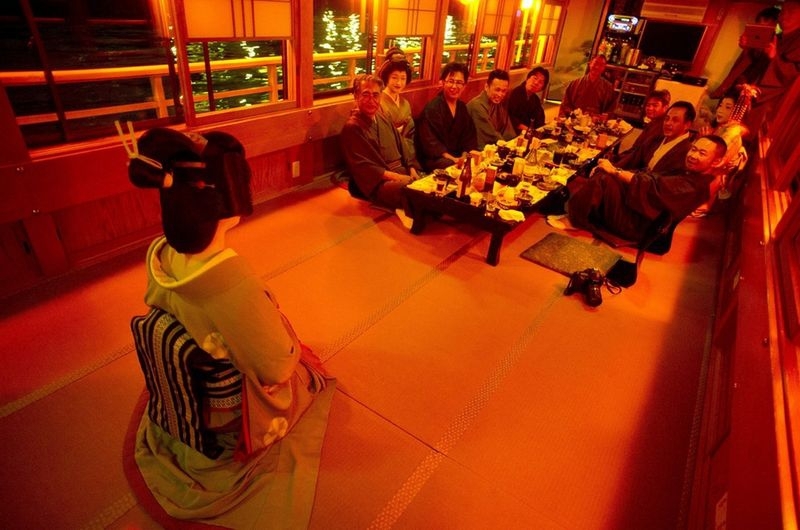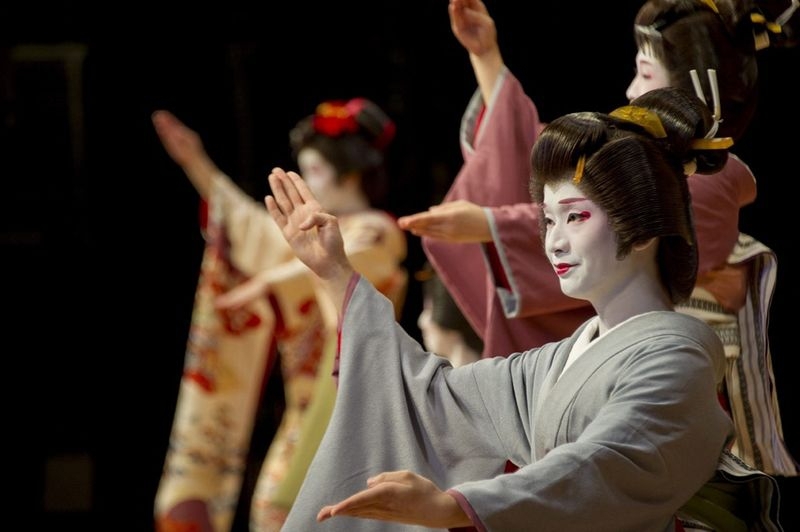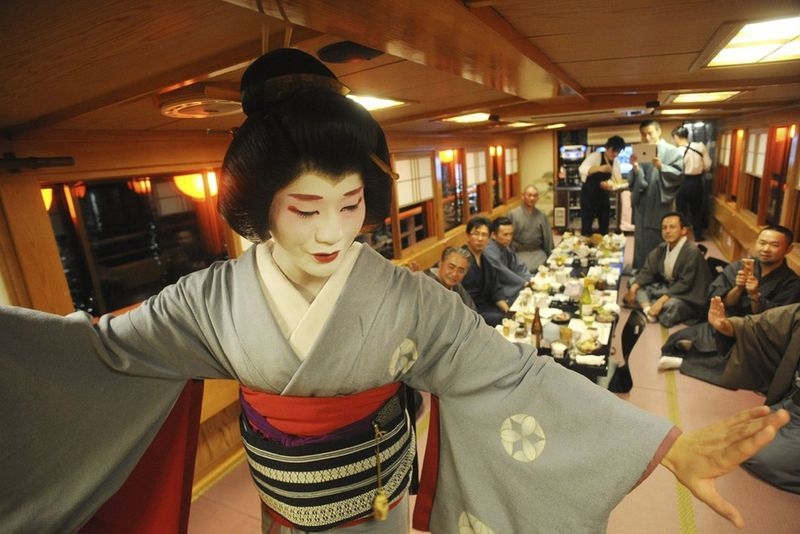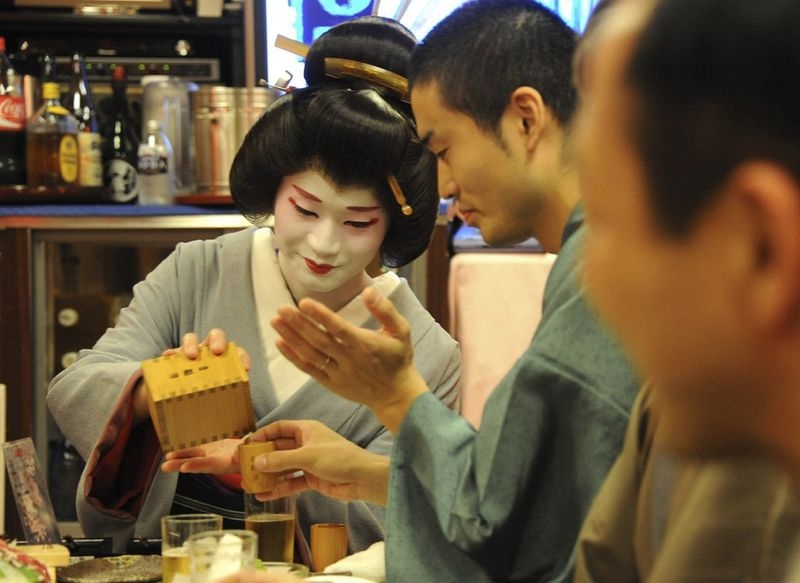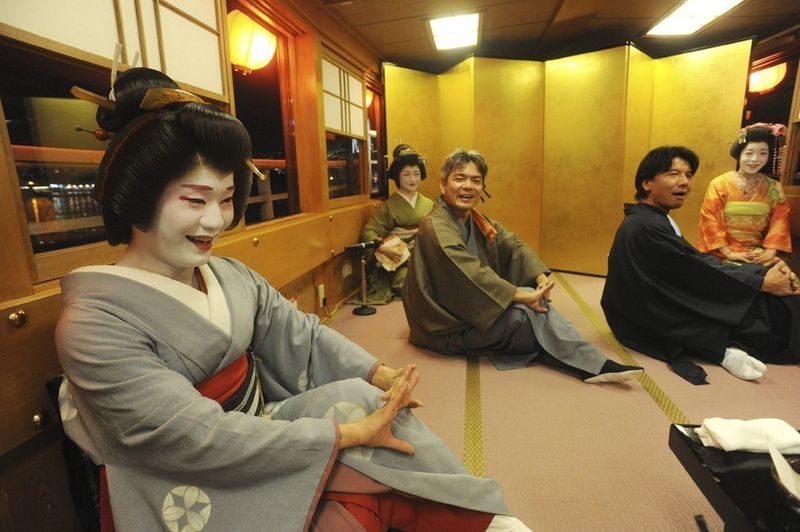460
13
Geisha is an integral part of Japanese culture.
Unfortunately, this profession is dying.
A century before there were about 800 000 geishas, now there are about 1000 of them.
You can meet them only at luxurous resorts and in prestigious districts.
Unfortunately, this profession is dying.
A century before there were about 800 000 geishas, now there are about 1000 of them.
You can meet them only at luxurous resorts and in prestigious districts.
In modern Japan, geisha performers have become a rarity outside of the few established entertainment districts in major cities and hot spring resorts.
This is due to Japan’s changing economy and corporate entertainment policies, which makes high priced traditional geisha entertainment unaffordable. One hundred years ago, there were over 80,000 geisha in Japan. Today the number of working geisha is estimated to be around 1,000.
This is due to Japan’s changing economy and corporate entertainment policies, which makes high priced traditional geisha entertainment unaffordable. One hundred years ago, there were over 80,000 geisha in Japan. Today the number of working geisha is estimated to be around 1,000.
From the early 20th century Geisha culture flourished around the Omori port during the rapid growth of Japan’s industrial economy.
By the 1980s, the last local geisha house had closed its doors to land developers during Japan’s real estate bubble era. Eitaro’s mother, a skilled and charismatic geisha, devoted her life to reviving the local geisha culture until her death, due to cancer, three years ago.
At the age of ten, Eitaro first performed as a female dancer at his mother’s geisha parties.
By the 1980s, the last local geisha house had closed its doors to land developers during Japan’s real estate bubble era. Eitaro’s mother, a skilled and charismatic geisha, devoted her life to reviving the local geisha culture until her death, due to cancer, three years ago.
At the age of ten, Eitaro first performed as a female dancer at his mother’s geisha parties.
A skilled dancer, he began learning traditional female dance roles at the age of eight and first performed at Japan’s national theater at the age of eleven.
Eitaro is now in popular demand as a stage performer and television personality. Following the death of his mother, he took over his mother’s role as geisha house master and with his sister, Maika, oversees a group of six geisha performers. Geisha first appeared in Japan in the late 17th century, as a group of male performers in the entertainment districts, who entertained customers waiting to spend time with the most popular and gifted courtesans.
Eitaro is now in popular demand as a stage performer and television personality. Following the death of his mother, he took over his mother’s role as geisha house master and with his sister, Maika, oversees a group of six geisha performers. Geisha first appeared in Japan in the late 17th century, as a group of male performers in the entertainment districts, who entertained customers waiting to spend time with the most popular and gifted courtesans.
Women first became geisha in the mid-1700s and by the 19th century geisha had become a primarily female profession.
Today there are still male geisha who dress in men’s kimono and usually perform as drummers and singers along female geisha. Eitaro is the only male who performs in a female role.
Due to Eitaro’s popularity as an entertainer, he and his geisha perform frequently for private geisha parties, public stage performances and public relations events. He is carrying on his mother’s passion to re-popularize the geisha culture.
Today there are still male geisha who dress in men’s kimono and usually perform as drummers and singers along female geisha. Eitaro is the only male who performs in a female role.
Due to Eitaro’s popularity as an entertainer, he and his geisha perform frequently for private geisha parties, public stage performances and public relations events. He is carrying on his mother’s passion to re-popularize the geisha culture.
реклама


